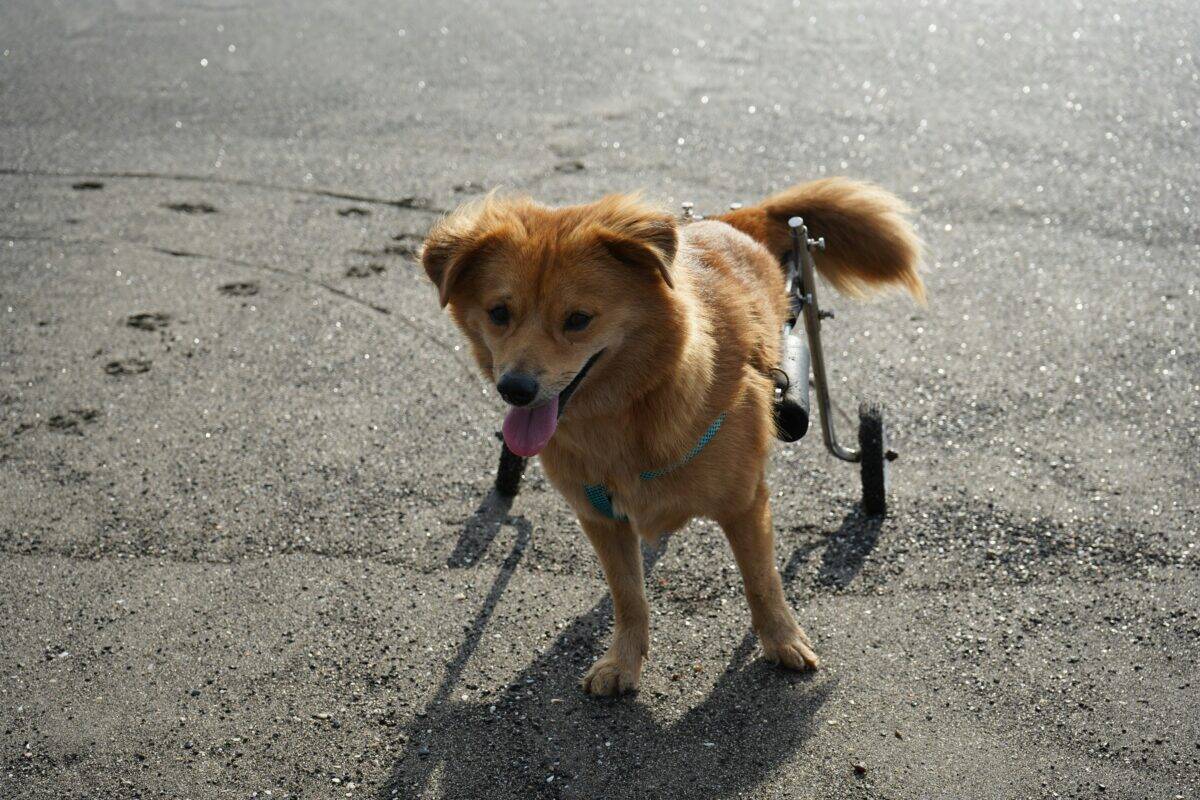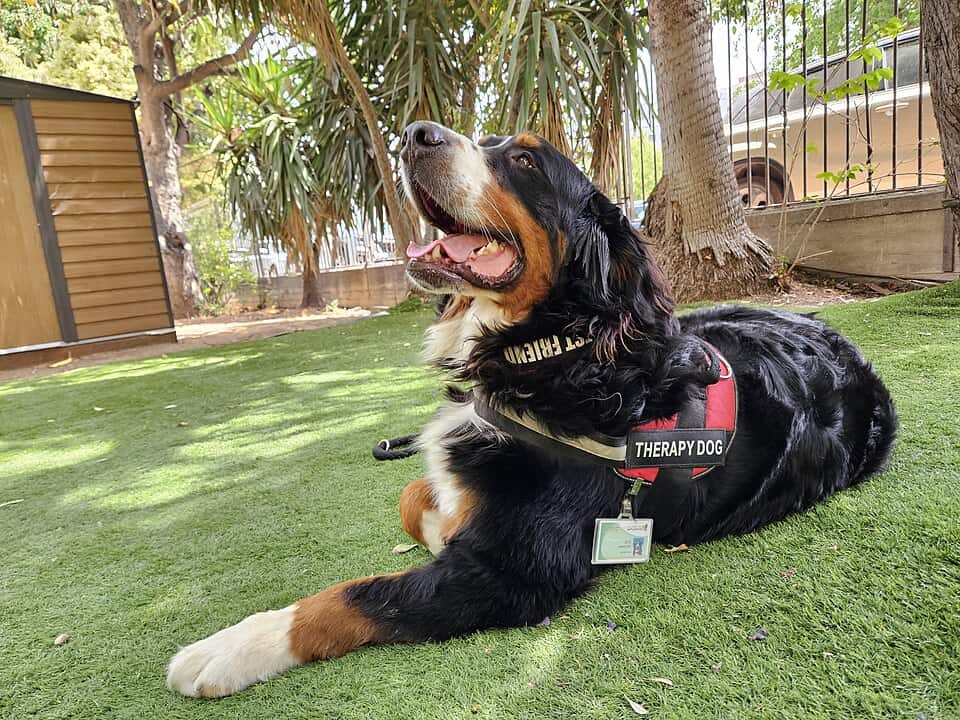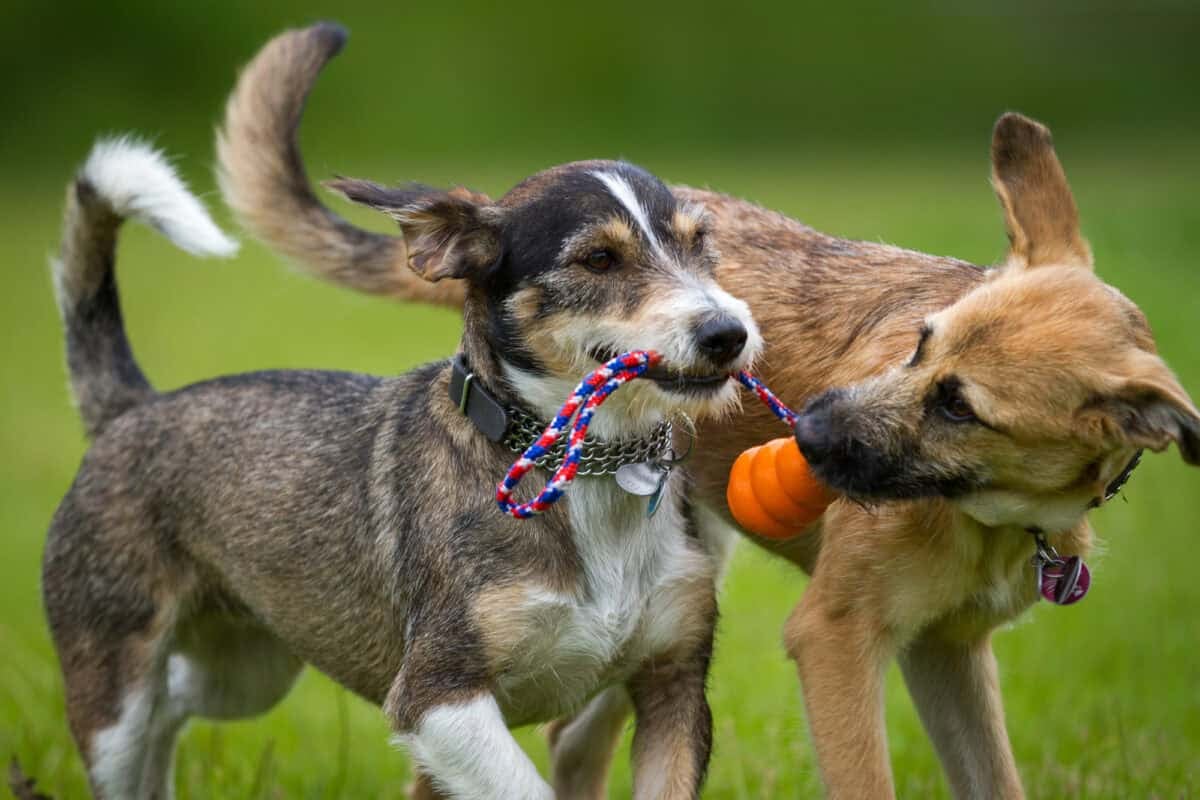Have you ever wondered if your beloved pet actually knows their name, or if they’re simply responding to the sound of your voice? As pet owners, we often find ourselves calling our furry friends by their names countless times throughout the day – during feeding time, playtime, or when they’re doing something they shouldn’t. But the question remains: do they genuinely recognize their name as their own identity, or are they merely reacting to a familiar sound? This article explores 15 reliable indicators that your pet recognizes their name, offering insights into the fascinating world of animal cognition and pet-human communication.
The Quick Head Turn

One of the most immediate and noticeable signs that your pet recognizes their name is the reflexive head turn. When you call your pet’s name in a normal speaking voice while they’re engaged in another activity, watch for a quick pivot of their head in your direction. This response indicates that they’ve registered a sound they recognize as significant enough to pause what they’re doing. Unlike their reaction to other random words or noises in their environment, the name recognition head turn is typically faster and more consistent. Research from the University of Lincoln found that dogs can distinguish their names from similar-sounding words or other commands, demonstrating their ability to isolate this specific sound pattern from general human speech.
Consistent Response Rate

A pet that recognizes their name will respond to it with remarkable consistency, regardless of who’s calling it. Try having different family members or even visitors call your pet’s name when they aren’t expecting attention. If your pet responds with similar frequency regardless of who’s calling them, this suggests they’re reacting to their name specifically rather than just familiar voices or tones. Animal behavior scientists have noted that this consistency in response indicates true name recognition rather than conditioned response to specific people. Keep track of your pet’s response rate over time – a pet that knows their name will typically respond 7-8 times out of 10 calls, even when distracted by mild environmental stimuli.
Differentiation Between Names

In multi-pet households, observing how your animals respond to different names is particularly telling. If you have several pets and each one responds primarily to their own name while ignoring when you call the others, this demonstrates sophisticated name recognition. This differentiation shows that your pet isn’t simply responding to a calling tone but recognizes the specific phonetic pattern of their name. Animal cognition studies at the University of Padova have shown that even cats, often considered less responsive than dogs, can distinguish their name from similar-sounding words and from the names of other cats in the same household. This selective attention is a strong indicator that they recognize their name as a personal identifier.
Excitement Upon Hearing Their Name

When a pet truly recognizes their name, they often display visible excitement upon hearing it. This might manifest as tail wagging in dogs, ear perking in cats, or increased activity in smaller pets like rabbits or guinea pigs. These physical signs of anticipation occur because your pet has learned that their name often precedes positive experiences like treats, walks, playtime, or affection. According to animal behaviorists, this pavlovian response develops over time as your pet forms positive associations with their name. The strength of this excited response can vary based on your pet’s personality, but even more reserved animals will typically show subtle signs of anticipation when they hear a name they recognize as their own.
Response to Name in Different Environments

A true test of name recognition is whether your pet responds in varied environments with different levels of distraction. Try calling your pet’s name at home, then in a park, pet store, or friend’s house. A pet that consistently acknowledges their name across different settings has genuinely internalized it as their identifier. This environmental consistency is particularly impressive given the competing stimuli in new places. Dr. Alexandra Horowitz, head of the Dog Cognition Lab at Barnard College, notes that this ability to filter out environmental noise to focus on their name demonstrates sophisticated auditory processing. While response rates may decrease slightly in highly stimulating environments, a pet that knows their name will still show acknowledgment through ear movements or brief attention shifts even if they don’t immediately approach you.
Recognition in Recordings

Modern technology offers an interesting test for name recognition: recording your voice calling your pet’s name and playing it back when you’re not in the room. If your pet reacts to the recording by looking around for you or approaching the sound source, this strongly suggests they recognize their name rather than just responding to your physical presence or non-verbal cues. This test eliminates the possibility that your pet is responding to your body language, facial expressions, or other contextual clues rather than the name itself. Some pet owners have even used video calling apps to test this, noting that many pets will respond to their names through speakers despite the caller not being physically present. This demonstrates that the auditory processing of their name has become independent of other sensory inputs.
Name Recognition During Sleep

Even during periods of rest or light sleep, pets that recognize their names often show subtle responses. You might notice an ear twitch, slight head movement, or even eyes opening momentarily when you softly say their name nearby. This semiconscious response indicates that your pet’s brain has prioritized their name as a sound worth waking up for, similar to how humans might wake up when hearing their name while sleeping. Neurological studies on dogs have shown that their brains process familiar words, especially their names, differently from unfamiliar words, even during sleep states. This prioritization demonstrates that name recognition has become deeply embedded in your pet’s cognitive processing, showing that they’ve truly internalized it as an important personal identifier.
Ignoring Similar-Sounding Words

A sophisticated indicator of true name recognition is your pet’s ability to distinguish their name from similar-sounding words. For instance, a dog named “Max” might ignore when you say words like “wax,” “tax,” or “relax” in the same tone you’d use for their name. This phonetic discrimination shows advanced auditory processing rather than simple sound recognition. A 2019 study published in Scientific Reports demonstrated that dogs can differentiate their names from phonetically similar words even when spoken by unfamiliar persons. This discrimination ability indicates that your pet has mentally mapped the specific sound pattern of their name and can filter it from background conversation. Try testing this by saying words that rhyme with or sound similar to your pet’s name to observe if they respond differently to their actual name.
Name Recognition in a Group Setting

Watch how your pet behaves when you call their name while they’re among other animals or in a group setting. If they specifically respond when their name is called, even with other pets around, this suggests they recognize it as their unique identifier. This social context recognition is particularly impressive and demonstrates a refined understanding that the name applies specifically to them. Veterinary behaviorists note that this selective attention is cognitively demanding and indicates a level of self-awareness in your pet. The ability to pick out their name in a socially complex environment with multiple animals and humans present shows that they’ve developed a strong association between the sound pattern of their name and their own identity.
Distress When Called by the Wrong Name

Some pets actually show signs of confusion or mild distress when consistently called by the wrong name. You might notice hesitation, tilting of the head, or a delayed response if you deliberately use an incorrect name. This reaction suggests they not only recognize their correct name but have developed a sense that it’s uniquely theirs. Animal psychologists suggest this response indicates a form of social expectation – your pet has learned that a specific sound pattern (their name) is how they’re addressed in the social hierarchy of your home. While this response varies greatly depending on the individual pet’s temperament and sensitivity, it’s particularly common in highly socialized animals like dogs that rely heavily on clear communication with their human companions.
Anticipatory Behavior Following Their Name

Many pets develop specific anticipatory behaviors that follow hearing their name. For example, if you regularly say “Bella, walk?” your dog might not only respond to hearing “Bella” but immediately adopt a posture or behavior associated with going for walks. This anticipatory response indicates they recognize their name as the attention-getting prelude to a command or activity. Animal behaviorists call this “contextual learning,” where your pet has learned that their name is often the first word in a sequence that leads to specific outcomes. The speed and consistency of these anticipatory behaviors provide strong evidence that your pet has not only recognized their name but has incorporated it into their understanding of communication patterns with humans.
Recognizing Their Name in Written Form

While this may seem unlikely, some highly intelligent pets actually show recognition of their name in written form. This is most common in service animals or pets that have undergone extensive training. For example, some dogs can be trained to retrieve items labeled with their name or respond to name cards in training exercises. While this level of recognition is rare and requires intentional training, it represents an advanced form of name recognition that transcends auditory processing. Canine cognition researcher Dr. Stanley Coren notes that while dogs can’t read in the way humans do, some can memorize the visual pattern of their written name, similar to how they recognize other important visual symbols. This visual recognition, when present, represents an extraordinary level of name internalization.
Age-Related Response Patterns

The way pets respond to their names often evolves throughout their lives. Puppies and kittens may initially respond to any excited human vocalization, while adult pets typically show more refined name recognition. Senior pets might develop selective hearing but often still respond reliably to their names even when they ignore other sounds. This age-related pattern provides insight into how name recognition develops and persists throughout your pet’s cognitive development. Research from the University of Veterinary Medicine in Vienna suggests that name recognition typically solidifies between 3-6 months of age in most domestic animals, with refinement continuing throughout the first year. The persistence of name recognition in elderly pets, even those with some cognitive decline, highlights how deeply ingrained this learning becomes, often remaining intact even when other cognitive functions begin to deteriorate.
Response to Name in Different Emotional Tones

Pets that truly recognize their names will respond to them regardless of the emotional tone used, though the nature of their response might vary. Whether you say their name excitedly, calmly, or in a concerned tone, they recognize the core sound pattern while also picking up on the emotional context. This dual processing demonstrates sophisticated auditory and emotional intelligence. Animal communication specialists note that while the emotional tone might influence how urgently your pet responds, name recognition itself remains consistent across different vocal presentations. This separation of name recognition from emotional cuing demonstrates that your pet has truly learned their name as a distinct linguistic element rather than simply responding to emotional vocal patterns. Try calling your pet’s name in varying tones to observe this phenomenon – you’ll likely notice they recognize their name in each case, but their behavioral response adjusts to match your emotional signaling.
Conclusion: What Your Pet’s Name Recognition Reveals

The ability of our pets to recognize their names represents a fascinating intersection of cognitive development, social bonding, and interspecies communication. When your pet consistently demonstrates several of the 15 indicators described above, you can be confident they truly recognize their name as a personal identifier. This recognition goes beyond simple conditioning, revealing cognitive capabilities that allow our pets to extract meaning from human language in ways that facilitate our unique bond with them. Understanding how and why your pet recognizes their name not only satisfies our curiosity about animal cognition but can also help us communicate more effectively with our beloved companions. As we continue to research animal cognition and communication, we may discover that our pets understand far more of our language than we previously believed – beginning with that special word that belongs just to them: their name.
- 10 Animals That Use Camouflage Best - August 17, 2025
- 13 Wild Birds That Use Tools to Hunt - August 17, 2025
- 9 Smartest Animal Species in North America—And Why They’re So Clever - August 17, 2025

